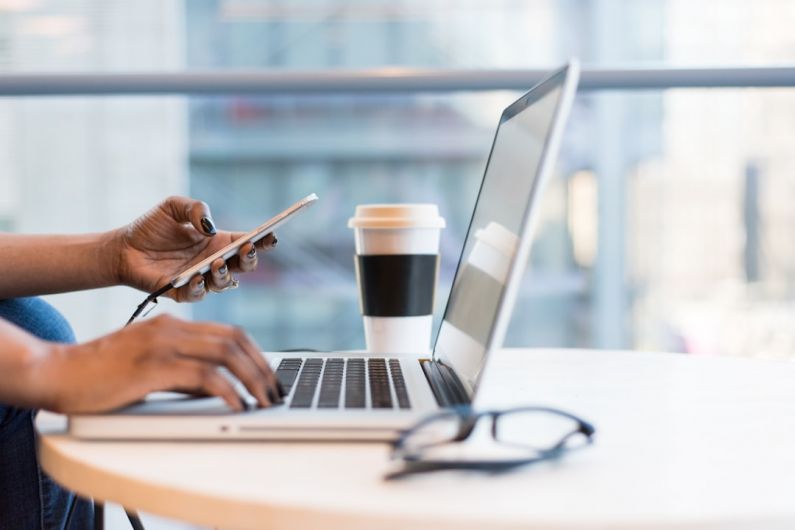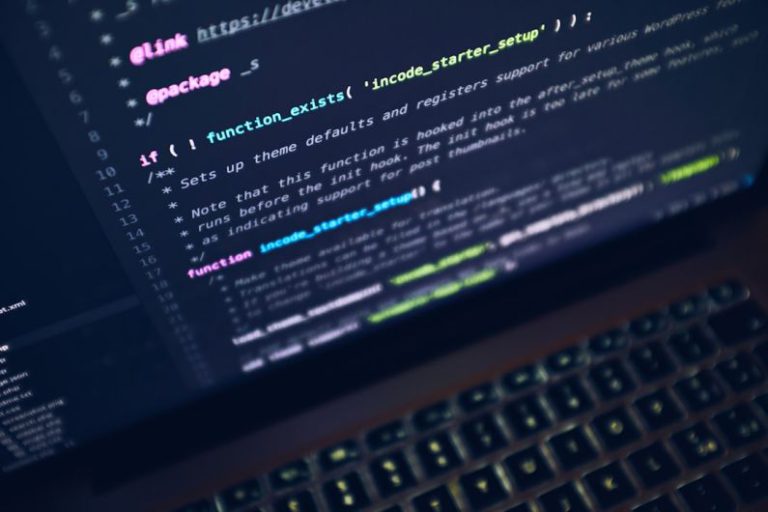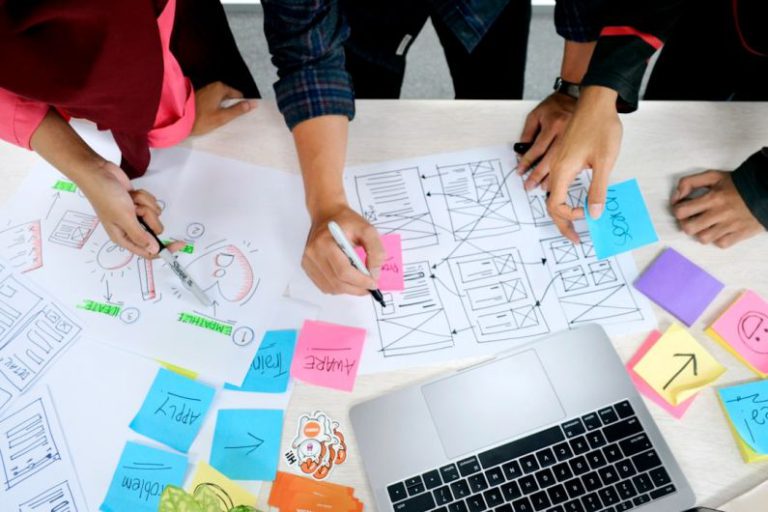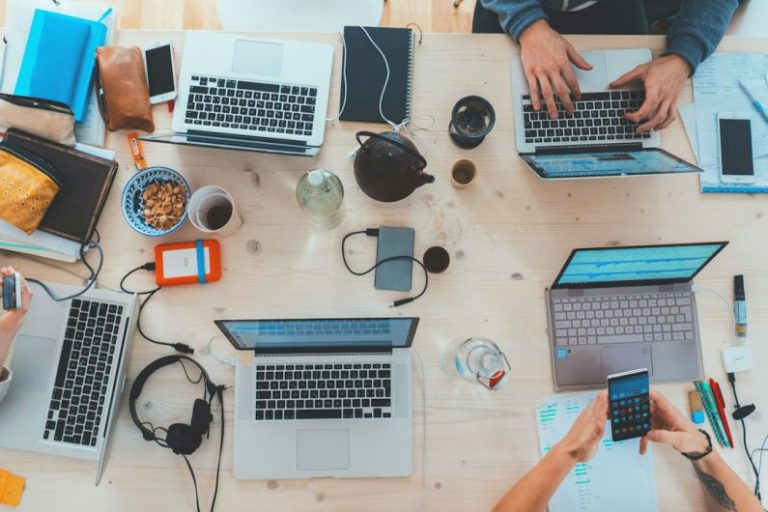Leveraging Technology to Enhance Creative Skills
In today’s rapidly evolving digital age, the intersection of technology and creativity has opened up endless possibilities for individuals looking to enhance their creative skills. Leveraging technology as a tool to foster creativity has become increasingly essential in various fields, from art and design to marketing and business. By embracing innovative digital tools and platforms, individuals can unlock new ways to express their creativity, streamline their creative processes, and push the boundaries of their imagination.
Unleashing Creativity with Digital Drawing and Design Software
One of the most prominent ways technology can enhance creative skills is through the use of digital drawing and design software. Traditional art mediums like pen and paper have now been complemented, and in some cases replaced, by sophisticated software programs that offer a vast array of tools and features. Programs such as Adobe Illustrator, Procreate, and Photoshop provide artists and designers with a dynamic platform to bring their ideas to life with precision and efficiency.
Digital drawing software enables users to experiment with different brushes, textures, colors, and effects, allowing for unparalleled creative freedom. Artists can easily undo mistakes, manipulate layers, and seamlessly switch between tools to refine their work with ease. This digital medium not only speeds up the creative process but also opens up new avenues for artistic exploration, enabling creators to push the boundaries of traditional art forms and experiment with innovative techniques.
Exploring Virtual Reality and Augmented Reality for Immersive Experiences
Virtual reality (VR) and augmented reality (AR) technologies have revolutionized the way we interact with the digital world, offering immersive experiences that blur the line between the real and virtual realms. These technologies provide creators with unique opportunities to craft interactive narratives, design immersive environments, and engage audiences in novel ways.
VR platforms like Tilt Brush and Oculus Medium allow artists to sculpt and paint in three-dimensional space, offering a truly immersive and intuitive creative experience. By stepping into a virtual world, creators can explore new perspectives, experiment with scale and proportion, and push the boundaries of traditional art forms. Similarly, AR applications like Snapchat and Instagram filters enable users to overlay digital elements onto the real world, merging the physical and digital realms in creative and playful ways.
Harnessing Artificial Intelligence for Creative Inspiration and Automation
Artificial intelligence (AI) has emerged as a powerful tool for enhancing creative skills, offering new ways to generate ideas, streamline workflows, and automate repetitive tasks. AI-powered tools can analyze vast amounts of data, identify patterns and trends, and provide valuable insights to inspire creative thinking.
Platforms like Adobe Sensei and Runway ML leverage AI algorithms to assist artists and designers in generating ideas, optimizing workflows, and enhancing the overall creative process. These tools can suggest color palettes, generate design variations, and even predict trends based on historical data, empowering creators to make informed decisions and stay ahead of the curve. Additionally, AI-driven automation tools can help streamline repetitive tasks such as image editing, text generation, and layout design, allowing creatives to focus on more complex and strategic aspects of their work.
Embracing Collaborative Platforms for Creative Collaboration and Feedback
In today’s interconnected world, collaboration and feedback are essential components of the creative process. Technology has made it easier than ever for individuals to collaborate with others, share their work, and receive real-time feedback from a global audience. Collaborative platforms like Google Docs, Figma, and Slack enable creatives to work together seamlessly, regardless of their physical location, fostering a sense of community and shared creativity.
By leveraging these collaborative tools, creators can engage in meaningful discussions, share ideas, and receive constructive feedback from peers and mentors. These platforms not only facilitate collaboration but also promote a culture of continuous learning and improvement, allowing individuals to refine their skills, expand their perspectives, and grow as artists and designers. Feedback loops fostered by technology can help creatives iterate on their work, experiment with new ideas, and ultimately push the boundaries of their creativity.
In conclusion, technology has become an indispensable tool for enhancing creative skills in today’s digital age. By embracing digital drawing and design software, exploring virtual and augmented reality experiences, harnessing artificial intelligence for inspiration and automation, and leveraging collaborative platforms for creative collaboration and feedback, individuals can unlock new levels of creativity and innovation. As technology continues to evolve, creatives have the opportunity to push the boundaries of their imagination, experiment with new mediums, and redefine the possibilities of creative expression. By embracing technology as a catalyst for creativity, individuals can embark on a journey of continuous growth, exploration, and artistic discovery.






